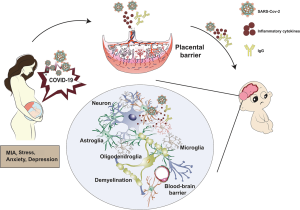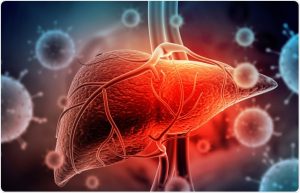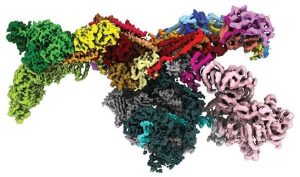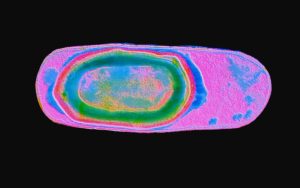
Dyspepsia, another name for indigestion, is characterized by persistent or recurrent pain in the upper abdomen and trouble digesting food. It frequently results from gastroesophageal reflux disease or stomach ulcers. It exhibits symptoms including early satiety during eating, upper abdominal pain or burning, nausea, and discomfort after eating. A thorough review of medical history and a number of physical exams, including endoscopy, can be used to diagnose dyspepsia. Samples may be taken and analyzed for the presence of the bacterium Helicobacter pylori (H. pylori), which has been linked to the development of chronic dyspepsia in the stomach and upper digestive system. Here, the main techniques for diagnosing dyspepsia will be covered in more detail.
When diagnosing dyspepsia, getting an accurate medical history might be crucial because different drugs and lifestyle decisions can affect the likelihood and reason of dyspepsia developing. For instance, fatty and spicy foods can irritate the stomach lining and, typically only briefly, produce indigestion. Due to the weakened esophageal sphincter and acidity of stomach acid, smoking and alcohol consumption might further raise the risk of dyspepsia. Functional indigestion is the term for indigestion brought on by these external factors, whereas organic indigestion is the term for dyspepsia brought on by body malfunction, such as reflux disease (GERD), peptic ulcers, or even prolonged stress.
It is possible to perform a physical examination to look for persistent dyspepsia symptoms, which may also reveal the reason of indigestion. Dental erosion, for instance, is a sign of acid reflux. Low blood pressure, tachycardia, and blood in the stool may also be symptoms of GERD or peptic ulcers, which can cause gastrointestinal bleeding. Let’s say that the patient’s medical examinations reveal that they have persistent dyspepsia. In that situation, an endoscopy is typically conducted to directly photograph the interior of the gastrointestinal system. Other diagnostic procedures, including computed tomography, are frequently used to help with this procedure to identify areas of inflammation.
Gastritis, peptic ulcers, and cancer are just a few of the illnesses and ailments that might cause indigestion that can be identified by upper GI endoscopy. Endoscopy is typically advised for those over the age of 55, as well as those with indigestion who are also having difficulty swallowing, GI tract bleeding, regular vomiting, weight loss, or a family history of cancer. In endoscopy, a camera-equipped tube or, in more recent technique, a tiny camera-equipped capsule is passed along the Gastrointestinal system to enable doctors to spot any irregularities in the lining or structure. A small amount of tissue from the stomach or abdomen’s inner lining is extracted during an endoscopy in order to perform an upper GI tract biopsy.






